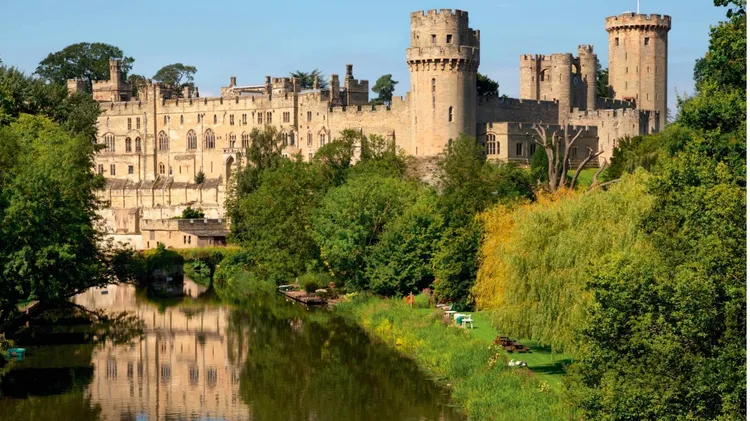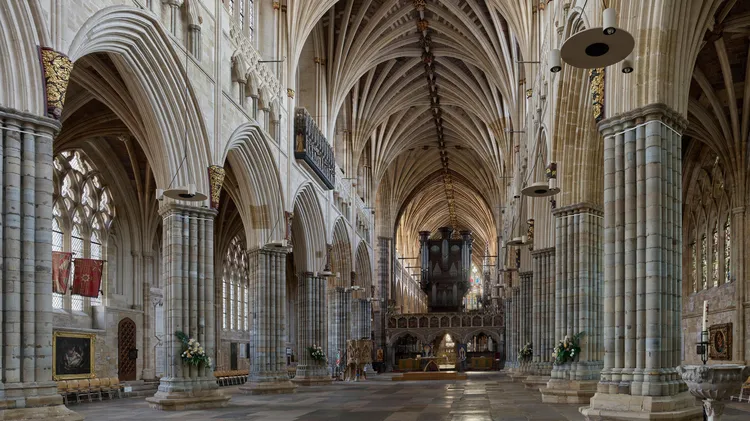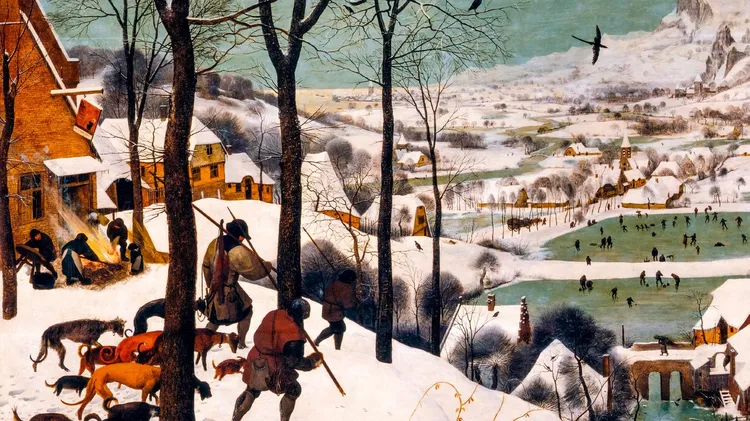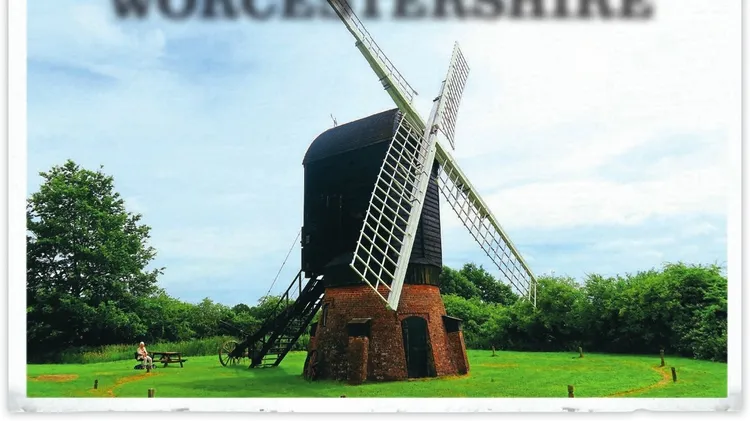William of Normandy sailed across the Channel and conquered England in 1
The forgotten kingdom
9 min read
This article is from...
Read this article and 8000+ more magazines and newspapers on Readly






